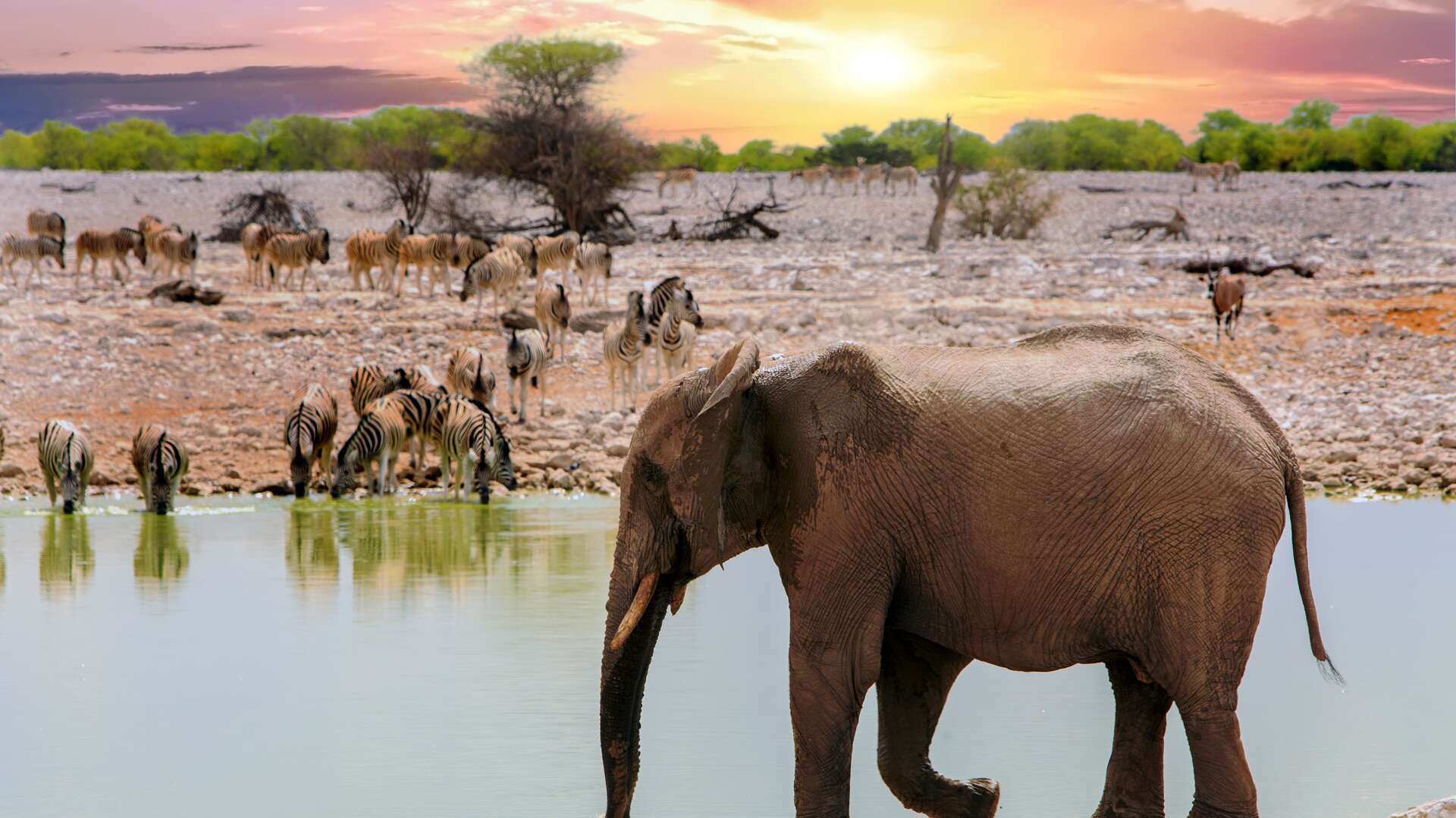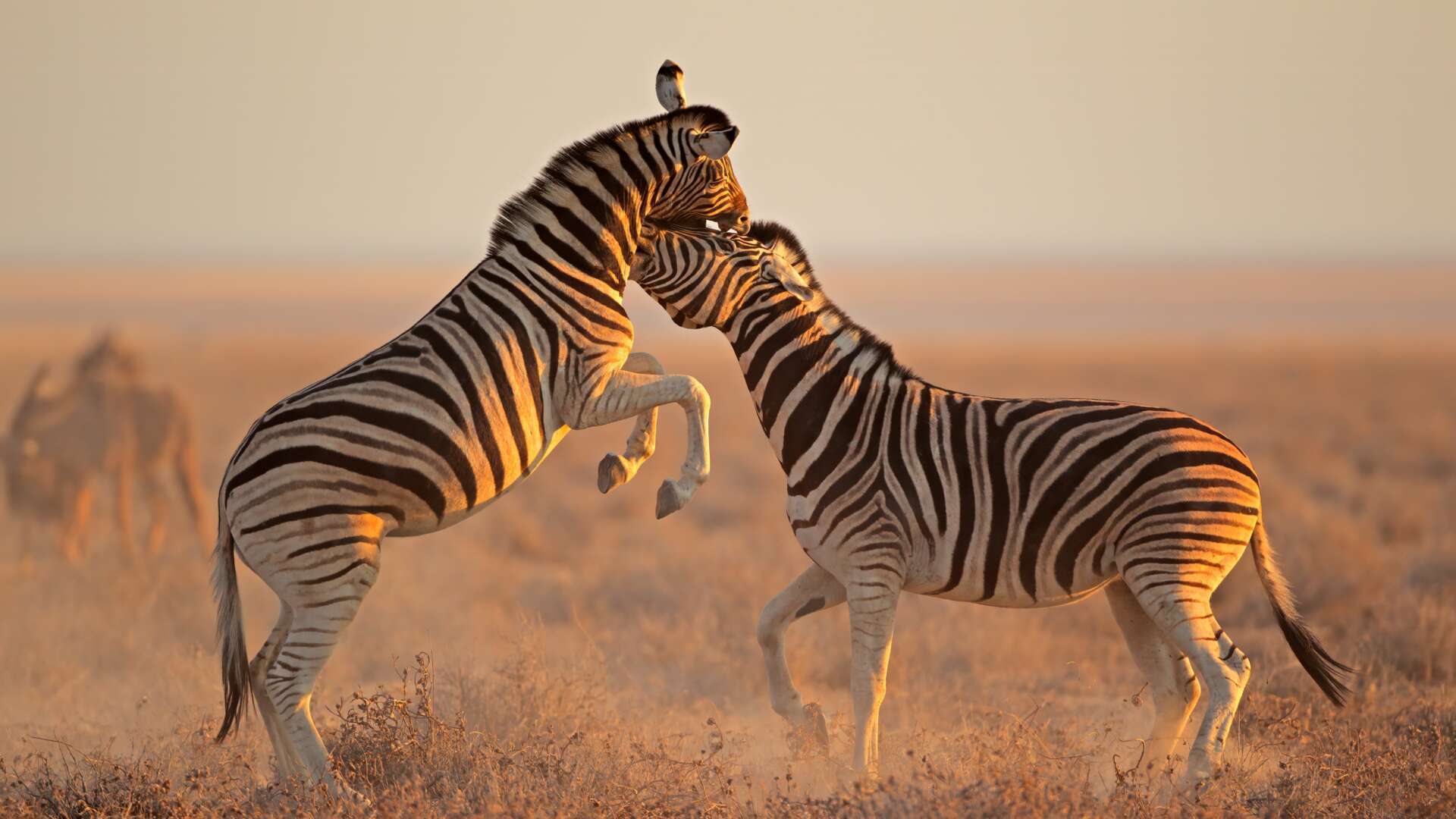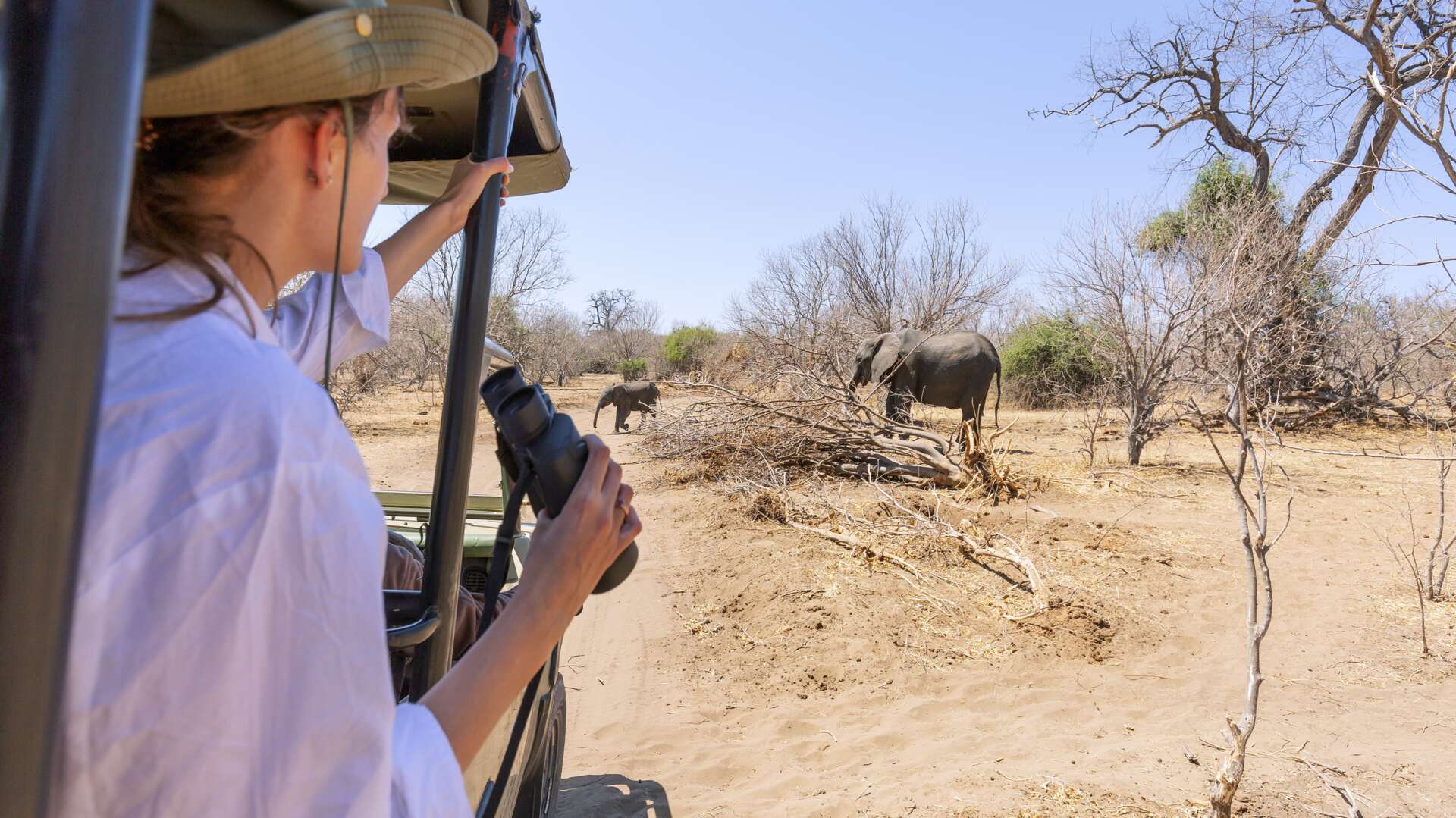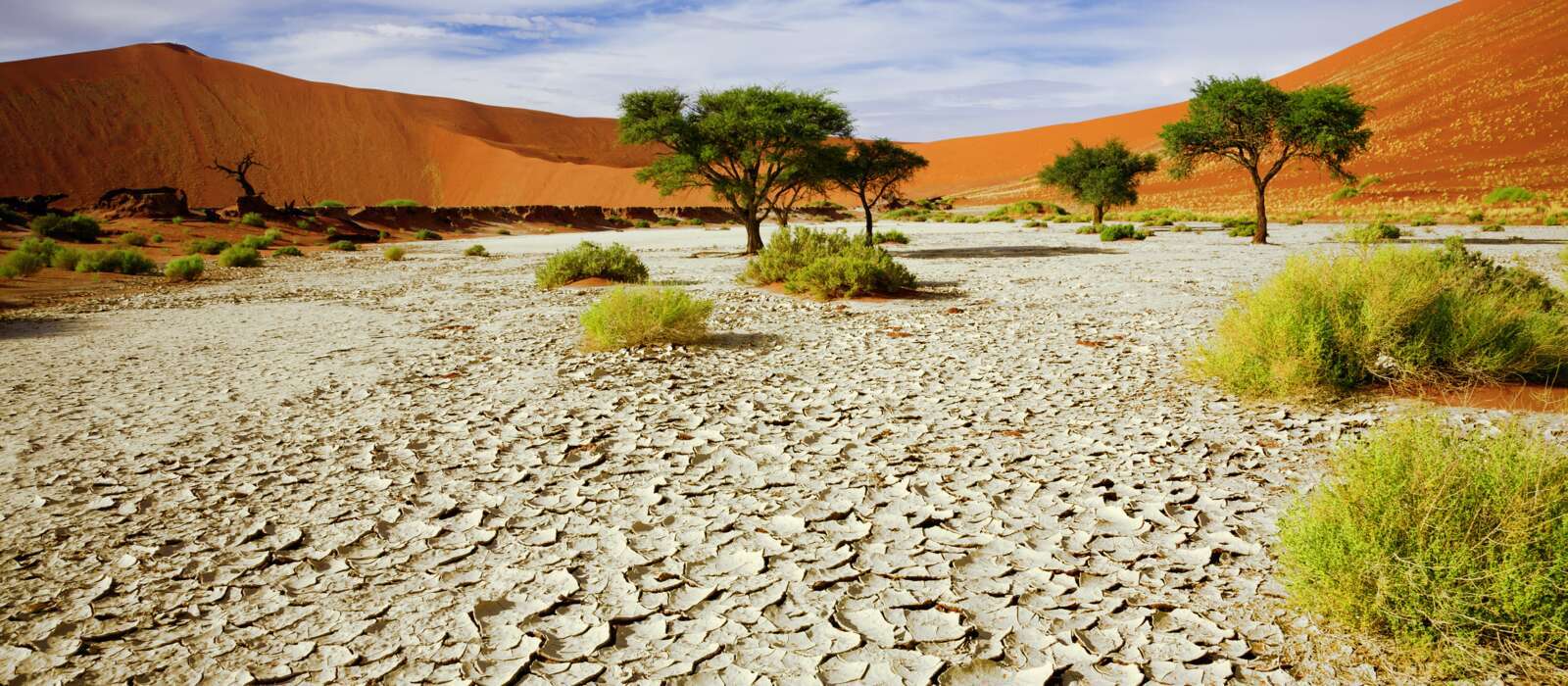-
Currently closed
0800 092 4444 - Book an appointment
-
-
Africa
-
Arabia
-
Asia
-
Australasia & Pacific
-
Caribbean
-
Central America
-
Europe
-
Indian Ocean
-
South East Asia
-
North America
- View all destinations
- Holiday type
- Brochures
- Collections
- Articles
- Where to go when
Beach
We’re here to tailor-make a beach holiday that’s right for you
Family
Incredible Family holidays from Kuoni, adventures your family will always remember.
All inclusive
Our hand-picked all-inclusive holidays include, boutique, family & wellness resorts.
Honeymoons
Romantic honeymoon package you’ll remember for the rest of your lives.
City breaks
Our hand-picked luxury city breaks in Europe, Asia, Africa, Middle East and the USA
Adult only
Romantic retreats and group get-togethers on our adults-only holidays
Safari holidays
Let us take you on safari in Africa for the best animal viewing on the planet.
LGBTQ+
Romantic retreats or special occasions on our LGBTQ+ holidays
Multi-centre
Combine different destinations, resorts and tours for a dream multi-centre.
Villas
Enjoy the best of both worlds: a luxurious and out-of-the-way villa holiday at a resort
Spa & wellness
Handpicked spa & wellness retreats, pampering or activity holidays all tailormade by Kuoni
Self drive
Create a tailor-made self-drive itinerary for a trip to immerse yourself in outdoor life.
Rail
Sit back, relax and enjoy the view during one of our luxurious train journeys
Beach & beyond
Mix seaside bliss with a side of adventure
Bucket-list trips
Tick off those trips you've always dreamt of
Experience everything, miss nothing
One stop’s never enough if you want to delve a little deeper into your destination.
Family favourites
Family holiday ideas from all-in stay put all inclusives to full-on safari adventures
Jet Set, Ready, Go
The temperatures are on the up, the flowers are blooming, and daylight is winning out. It’s time to start daydreaming of those hazy summer days.
Multi-stop holidays
Take the hassle out of holiday planning with these prepped-and-ready easy adventures.
Reset & Revive
Unplug & play with holidays that take you to places where there’s a focus on the rejuvenation of mind, body and soul.
Seaside breaks
Everything’s taken care and the pressure’s off for the whole crew on an oceanfront escape.
Where to go when in the school holidays
Which is better: Mauritius or Maldives?
Explore Jamaica: our top multi-centre combos
The best things to do in Borneo
Secrets to planning the ultimate Californian road trip
Turquoise dreams: A guide to the Indian Ocean islands
Offbeat gems: The Caribbean's hidden treasures
What to do in Canada: the ultimate bucket list
Speak to one of our experts now about this offer
Call our Africa experts on0800 294 9706
Available until open until 8pm
To the Ovambo people, Etosha is known as The Great White Place, a land dominated by Africa’s largest salt pan.
For much of the year, the chalky surface coats visitors in a cloud of white dust but when rainy season arrives, the lake temporarily returns, forming a vast glassy lagoon that attracts a swarm of migratory birds, including straw-legged, shrimp-hued flamingo flocks that come to gorge on algae. Safari seekers are drawn to Etosha for its spring-fed waterholes that draw a kaleidoscope of African wildlife, the most coveted being the park’s population of endangered black rhinos.
In Etosha's dry season, herds of striped zebra and dainty impalas mingle around the waterholes with towering giraffes and bathing elephants, while banana-beaked hornbills circle overhead and predators hunt. You can spend hours watching the drama unfold from your 4x4. Many lodges are set on former farmland surrounding the national park that have been converted into conservation-driven nature reserves. Two of the best, Ongava and Onguma, have teeming waterholes where you can continue the wildlife-watching bonanza over sundowners.
To experience the wonders of Namibia’s oldest conservation area, let our Africa specialists arrange a luxury stay in Etosha, complete with guided safaris.





Holidays in Etosha

- Etosha
Mokuti Etosha Lodge is a contemporary interpretation of Namibia’s landscape.

- Etosha
In the local Herero language, Onguma means ‘the place you don’t want to leave’ which perfectly describes Forest Camp.

- Etosha
Onguma Tented Camp offers a true African glamping experience.

- Etosha
Situated on one of Namibia’s largest private reserves, Ongava Anderssons Camp is a luxurious camp with a strong focus on eco-tourism.

- Etosha
Ongava Game Reserve is a 30,000-hectare nature reserve made up of former cattle ranches located next to Etosha National Park.
-
-
Destination {{ destinationFilters.length }}
- Damaraland{{destinationCountWith('Damaraland')}}
- Windhoek{{destinationCountWith('Windhoek')}}
-
Holiday type {{ holidayTypeFilters.length }}
- Safari holidays{{holidayTypeCountWith('Safari holidays')}}
- Self drive{{holidayTypeCountWith('Self drive')}}
- Small group tours{{holidayTypeCountWith('Small group tours')}}
-
-
- Kuoni recommended
- Name (A-Z)
- Rating (High to Low)
- Rating (Low to High)
- Price (High to Low)
- Price (Low to High)
- {{ filter.text }}
- Clear all
Explore Etosha, the jewel in Namibia’s safari crown
If you’re craving a safari, there’s no better place in Namibia than Etosha National Park. The country’s oldest conservation area is home to 114 species of mammals and 350 bird species. What’s really special about Etosha though is its spring-fed waterholes, which draw animals from far and wide, especially during the dry season from June to November.
Etosha is good for a self-drive adventure, guided tour or the individual lodges also offer full and half-day safaris with their guides, who’ll know all the best waterholes and wildlife-watching destinations in the park. Perhaps take a break from behind the wheel or your guided tour vehicle and enjoy a ride in an open-sided 4×4, perfect for photographing animals and Etosha’s vast landscapes. Your guide will help you spot everything from giraffes and elephants to big cats and rhinos, as well as plains game like zebra, oryx and the rare black-faced impala.
There’s more to Etosha than just its diverse wildlife; the baobab-studded plains are covered with over 20 types of vegetation. Then there’s the Etosha salt pan, which is Africa’s largest and visible from space. In fact, the local Ovambo people refer to Etosha as the Great White Place after this geological marvel – traversing the pan is like travelling across the surface of the moon, with clouds of white dust flying up in your wake. While the dry season might be best for waterhole sightings, during the wet season the pans flood, creating mirrored lagoons that attract migratory birds, including flocks of flamingos – it’s quite a picture.
Talk to an expert today
Your dream holiday is just a phone call away
Call us on 0800 294 9706Monday: 10am - 5pm
Tuesday: 10am - 5pm
Wednesday: 10am - 5pm
Thursday: 10am - 5pm
Friday: 10am - 5pm
Saturday: 10am - 2pm
Sunday: Closed
Visit your local Kuoni store
Find your nearest storeIn-person, virtual or phone
Get face-to-face advice from our friendly team
Email enquiry
Tell us what you’re planning and let our experts help you with your holiday







_w=24_h=25.png?v=ad56f7a70274c4124e0a234627efed7161dd8de8)
_w=24_h=25.png?v=ad56f7a70274c4124e0a234627efed7161dd8de8)
_w=24_h=25.png?v=ad56f7a70274c4124e0a234627efed7161dd8de8)